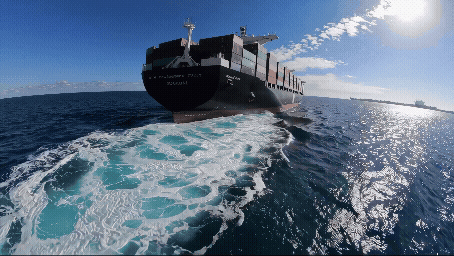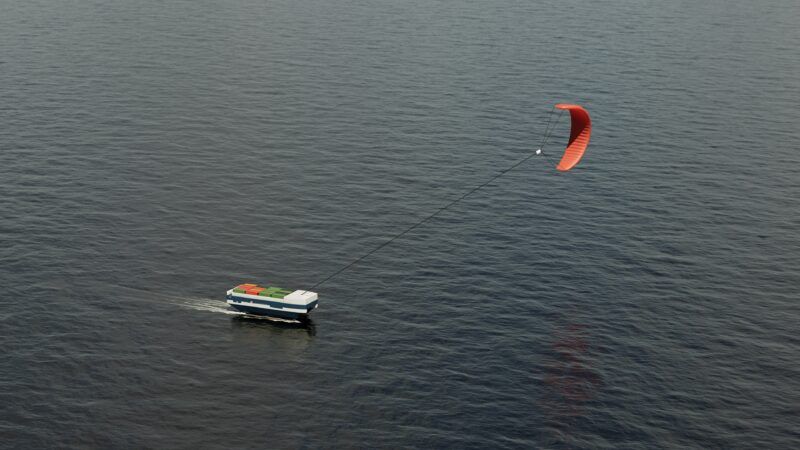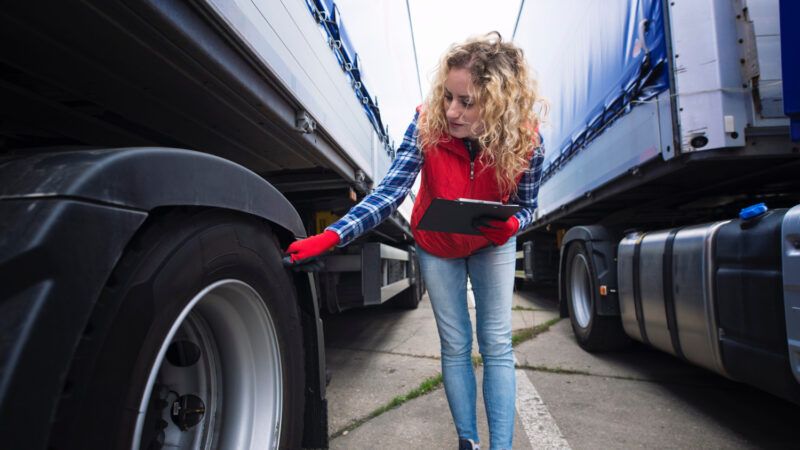
Europe starts counting its logistics transport emissions
How do we count what we pollute? The European Commission is drafting a new regulation to standardize how greenhouse gas emissions in transport and logistics are measured. 'CountEmissionsEU' is intended to become a new impetus for achieving the European economy's 2050 decarbonization targets.

A methodology for logistics companies to report their emissions
The Regulation of the European Parliament and of the Council on the accounting of greenhouse gas emissions from transport services aims to close a regulatory loophole.
At the same time, it seeks to resolve a concern shared by the sector itself: to create a standardized methodology for companies involved in the logistics chain to report the emissions generated by the transportation of their goods or products.
“To date, the calculation of emissions from transport, especially freight transport, has not been well defined. This is why a number of laws and regulations are emerging to try to regulate the emissions associated with transport chains and standardize their calculation, since conditions are often not homogeneous”, says Efrain Larrea, senior consultant, logistics manager and transportation planning engineer at Mcrit.
The complexity lies, on the one hand, in the number of agents involved and in the number of trips that the load registers in different modes of transport, which, in addition, use different fuels and variable filling factors.
“When the regulation is approved, the logistics operator in charge of organizing transport chains will be obliged to ask the various carriers about the emissions they generate. Accounting for them is the equivalent of assigning them to the company responsible for their emission, even if it is not responsible for their transport”, Larrea told PierNext.

How are the emissions generated by an economic activity classified?
In the logistics chain there are different phases of production and transportation that generate different types of emissions. For this reason, they are categorized in a method called the GHG Protocol, which divides them into three scopes:
- Scope 1. Includes all sources of greenhouse gas emissions owned by a company: fuel consumption of fixed installations, any type of means of transportation owned by the company or production machinery.
- Scope 2. Indirect emissions associated with the company's energy consumption. It includes electricity consumption in buildings and vehicles, consumption of other energies such as heat, steam, cold or compressed air, and renewable energy installations.
- Scope 3. Indirect emissions that occur in the company's value chain as a result of its activity. The GHG protocol contemplates 15 categories of emissions classified into two large groups: 'upstream' emissions (related to goods and services acquired or purchased) and 'downstream' (related to goods and services sold once they cease to be owned by the company). Among these, transportation carried out by third parties stands out.
“This emissions balance sheet will be mandatory, first for very large companies and, little by little, for those of a smaller size. In the case of SMEs, they will be exempt from submitting precise calculations and will be able to rely on secondary data, as indicated in the regulation”, explains Larrea.
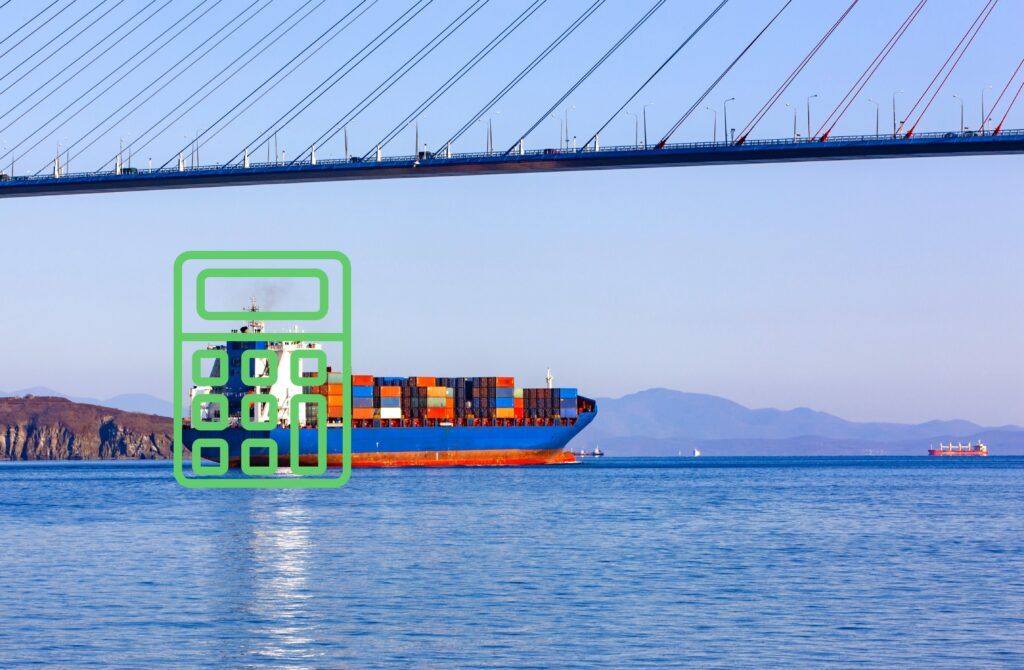
One regulation, one package of measures, one directive and one ISO
This regulation will not require emissions to be reported, but its objective is different: to regulate how they should be reported. “It will be combined with other laws or international standards that already do so, such as the EU ETS, of which there is already a second version that will be applied as of 2027 and that corrects some controversial aspects of the previous one”, Larrea indicates.
Another European mechanism moving in the same direction is the Fit for 55 package of measures aimed at achieving a 55% reduction in emissions by 2030 compared to 1990, including the EU ETS mentioned above.
Finally, the recent adoption of the Corporate Sustainability Due Diligence Directive (CSDDD) requires large companies in all sectors, including logistics and maritime, to identify and, where necessary, prevent, address or mitigate adverse human rights and environmental impacts that may be caused by their activities and those of their supply chain.
In the regulatory context, the most relevant tool for implementing this regulation is ISO 14083:2023, which helps to quantify greenhouse gases in transport chain operations by establishing a common and standardized methodology.
Larrea, who was co-responsible for drafting it on behalf of UNE, the Spanish Association for Standardization, explains that this new ISO is aimed at the transport sector and defines, “with 100% precision”, which emissions must be calculated and how, depending on a specific situation.
What does this mean?
“For example, a self-employed truck owner knows his fuel consumption, but does not have a probe to measure the associated emissions. Now he will be able to calculate, with high reliability, how many kilograms of CO2 are generated by burning one liter of fuel, as this data is easy to obtain”, he explains.
According to IDAE, the values are 2.35 kg of CO2 for gasoline and 2.64 kg of CO2 for each liter of diesel.
This is an example of calculation when there is a lack of access to primary sources, in which case it is made on the basis of tables containing approximate factors provided by international environmental agencies.
“It is not a standard that strictly dictates how to do it, but it indicates how to proceed and where to look for the information. It transparently defines everything that was not clear in the past”, says the expert consulted by PierNext.
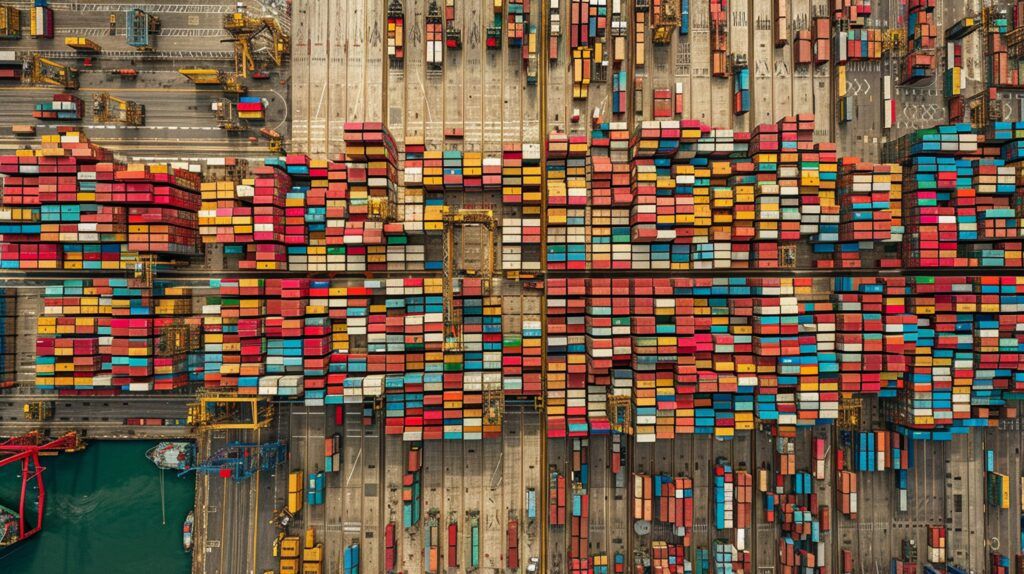
The importance of calculating data accurately
In order to account for these emissions in a thorough and realistic manner, it is necessary to detail and specify not only the type of transport used, but also, within that transport category, to be very meticulous in other characteristics.
“There is an issue of scale: a ship twice the size of another will emit 50% less per unit of cargo and mile traveled. In the case of making an approximation, the tendency is to stay a little below, because directives such as the EU ETS will force companies to pay if they exceed the number of emissions they can emit”, Larrea recalls.
The regulation also states that increased transparency in the reporting of emissions generated should lead to incentives for market players to reduce greenhouse gas emissions and drive the transformation to more efficient and sustainable transport.
Larrea explains that, before establishing them, the number of emissions corresponding to each mode of transport must first be delimited in order to determine where public incentives or subsidies will be allocated.
“For example, betting on rail highways that transport truck boxes on trains to promote multimodality. We have to evaluate whether to continue subsidizing the taxes that trucks pay for diesel”, Larrea says.
In short, if we want to move towards the energy transition, we must provide solutions that are a real alternative. In this sense, the expert rules out the electric truck as a short-term solution. “Transparency in the calculation of emissions should help to clarify which solutions for transport are valid and support them with a scheme that works”, he points out.
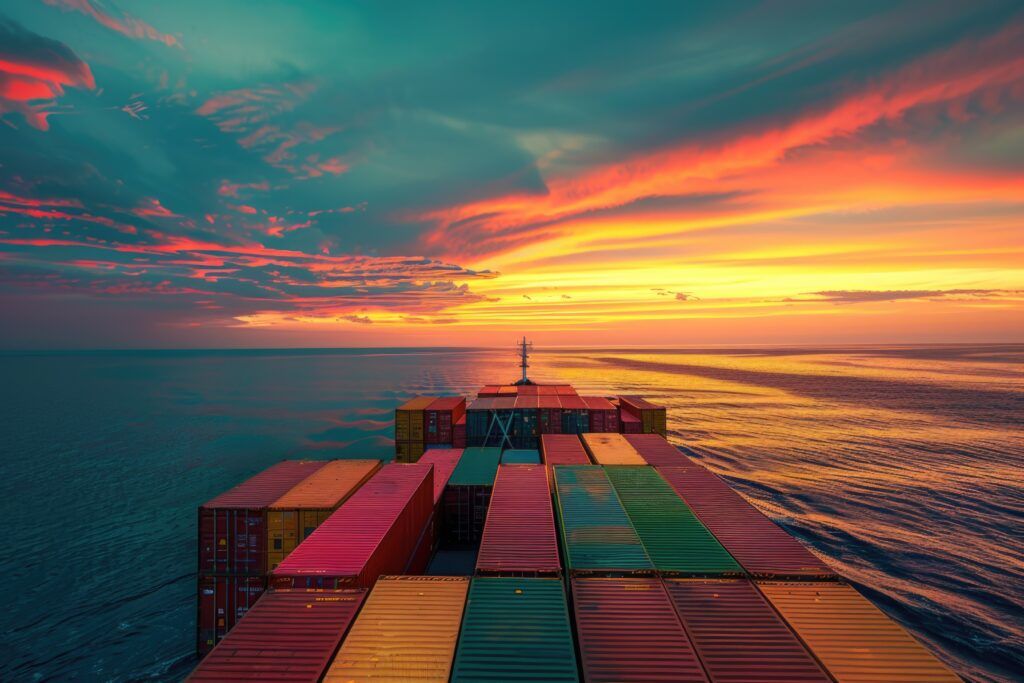
What the regulation does not contemplate
The transport sector generates other adverse effects, including emissions of air pollutants and noise emissions, as well as the consequent impact on health and the environment. These consequences, however, despite generating large costs for public health systems, are outside the scope of the proposed initiative.
In this direction, Larrea wants to highlight a tool he has contributed to develop, the Port of Barcelona's Portlinks emissions calculator, which includes other pollutants such as carbon monoxide or nitrogen oxide, particles that are harmful to health, based on a European regulation that specifies, in economic quantities, the economic damage in terms of health caused by one kilometer of each means of transport.
However, its absence can be explained by the fact that this regulation is not a rule related to public health but directly to the environment and climate change, in which case, CO2 reduction is a priority.
At some point, Larrea believes, regulation of the counting of emissions of these particles will also have to be considered in the near future. In this sense, we must remember that CO2, like other greenhouse gases, has an impact on global warming (and therefore has a global impact), but that other types of emissions (NOx, SOX, etc...) refer to gases that have a direct impact on human health and therefore a direct local impact in the areas of emission.
CountEmissionsEU will also make it possible to establish a much-needed European framework for calculating emissions in ports, which are complex environments to monitor in which all modes of freight and passenger transport converge. Precisely in the European innovation project PIONEERS, there is a working group of ports (Barcelona, Antwerp, Constance and Venlo) that is analyzing these aspects to define the port carbon footprint and a Green Port Master Plan that can be replicated at European level.
Be that as it may, and pending its entry into force after a number of amendments, this draft regulation to improve the calculation and reporting of greenhouse gas emissions from transport services continues on the road to greening freight transport, allowing customers to choose the most sustainable transport options.



